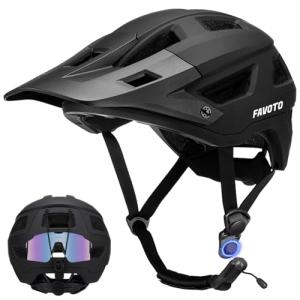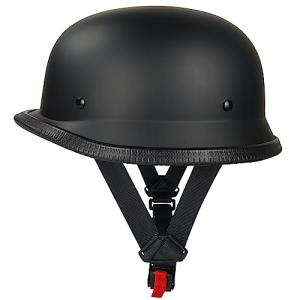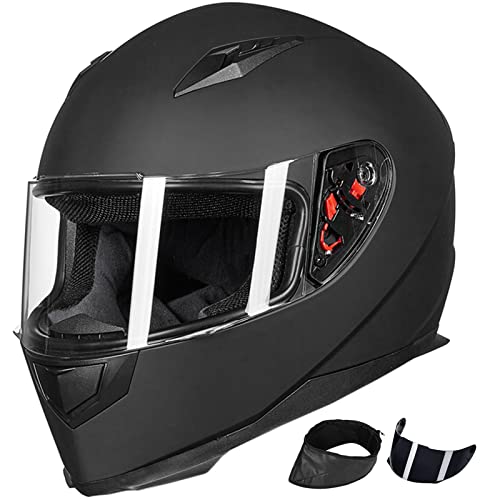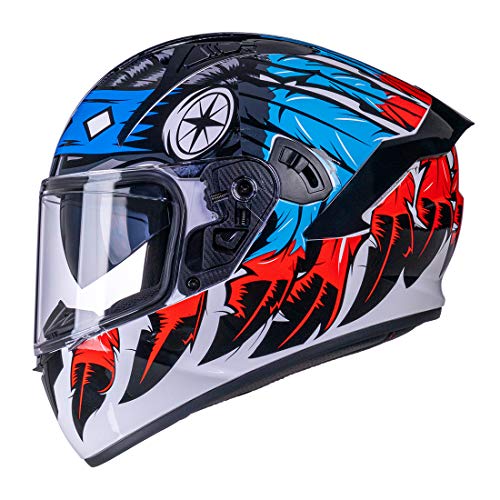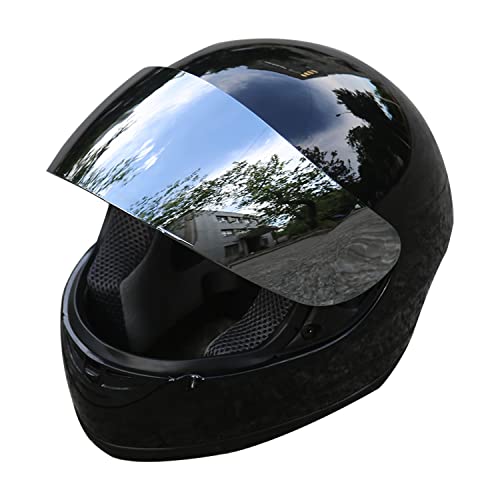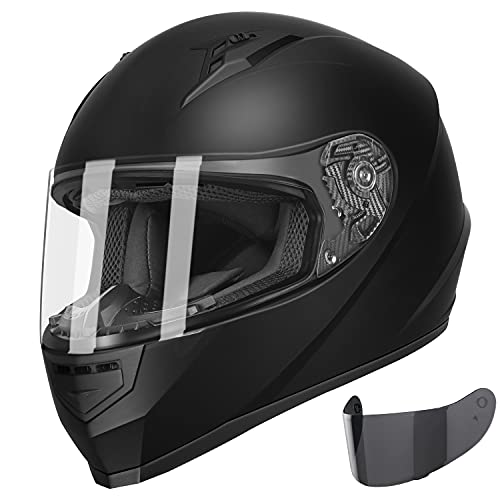When it comes to riding a motorcycle, you’ve got to know your state’s rules about helmets. Motorcycle helmet laws can really vary from one state to another, and it’s essential to stay informed. Some states require all riders to wear helmets, while others only require helmets for younger or less experienced riders. Knowing what’s expected in your area can help you avoid fines and, more importantly, keep you safe.
In states with strict helmet laws, it usually means everyone on the bike needs a helmet. This includes passengers too. States that are a bit more lenient might allow you to ride without a helmet if you’re over a certain age or if you can prove you have adequate insurance coverage. It’s a good idea to check your local laws to ensure you're in the clear before hitting the road.
Also, don’t forget about the type of helmet that’s acceptable. Some places have specific standards helmets must meet, like DOT approval. Even if your state doesn’t require a helmet, you should still wear one for safety. A quality helmet can protect you in case of an accident, and wearing one can make your ride a lot safer and more enjoyable.
Keep in mind that laws can change, so always double-check before you ride. Whether you're cruising down the highway or taking a quick trip around town, understanding these Motorcycle Helmet Laws will help you stay safe and legal. Be smart, gear up, and enjoy the ride!
Types of Motorcycle Helmet Laws Explained
When it comes to riding safely, understanding motorcycle helmet laws is a must. These laws can vary quite a bit, depending on where you live. In some places, wearing a helmet is mandatory for all riders, while in others, only certain groups are required to wear them. Here’s a quick breakdown of the types of motorcycle helmet laws you might come across.
Universal Helmet Laws: In states with universal helmet laws, every motorcycle rider and passenger must wear a helmet, regardless of age or experience. This is the strictest type of regulation. If you're riding in a state like this, make sure your helmet meets safety standards to keep yourself protected.
Partial Helmet Laws: Some states only require certain riders to wear helmets—typically younger riders or those with less experience. For example, riders under a specific age, like 21, might need to wear a helmet while older, more experienced riders can choose whether to wear one. Always check your local laws to see what applies to you.
No Helmet Laws: A few lucky states don’t require riders to wear helmets at all, as long as they meet certain conditions such as having insurance or passing a safety course. While this can be appealing for those who enjoy the freedom of the open road, it’s good to consider safety first. Even if it’s not required, wearing a helmet can save lives.
Knowing the motorcycle helmet laws in your area isn’t just about avoiding fines; it’s about protecting yourself. Choose the right helmet for your ride and stay informed about the rules in your state. Safe riding is always in style!
Favoto Lightweight Dual Shell Mountain Bike Helmet
Experience ultimate comfort and protection on every ride with this lightweight dual shell helmet
Product information
$41.99
Product Review Score
4.2 out of 5 stars
155 reviewsProduct links
Penalties for Not Wearing a Helmet
Riding a motorcycle can be an exhilarating experience, but ignoring the rules can bring some hefty consequences. One of the main laws riders need to pay attention to is the motorcycle helmet laws in their area. Not wearing a helmet can lead to a variety of penalties that you definitely want to avoid.
Many states have strict helmet laws in place, and failing to wear one can lead to fines. These fines can vary widely but are often between $20 and $500, depending on where you ride. Some jurisdictions even issue points against your driving record. Accumulating points can lead to higher insurance rates or even losing your license, so it’s not worth taking the risk.
On top of fines and points, some areas might require you to attend safety courses if you get caught riding without a helmet. This takes time, costs money, and isn’t exactly a fun day out. It’s just another reason to keep that helmet strapped on your head.
Insurance companies also have their own take on motorcycle helmet laws. If you end up in an accident and weren’t wearing a helmet, your insurance might not cover your medical bills. They could argue that you were being reckless by ignoring the law, leaving you in a tough financial spot.
Bottom line: Staying informed about motorcycle helmet laws is crucial if you want to avoid penalties. It’s about keeping yourself safe and staying on the right side of the law. So, grab that helmet and ride safe!
Vintage German Half Helmet for Men and Women
Classic style meets safety for a comfortable ride every time
Product information
$35.99
Product Review Score
4.23 out of 5 stars
177 reviewsProduct links
Helmet Safety Standards You Should Know
When choosing a motorcycle helmet, safety is your top priority. It’s essential to know about helmet safety standards to make the best choice. Look for helmets that meet or exceed certain safety benchmarks. This ensures they can protect you properly in case of an accident.
There are two main safety certifications to keep in mind: DOT (Department of Transportation) and Snell. DOT standards are the minimum required for helmets sold in the U.S. They’re tested for impact resistance and penetration. Helmets with Snell certification go through more rigorous tests, which gives you added confidence that you’re protected.
Some states also recognize additional certifications, like ECE (Economic Commission for Europe). When you're looking at helmets, always check the labels. A helmet that meets multiple safety standards gives you better protection. Plus, it might give you peace of mind when riding.
Keep in mind that motorcycle helmet laws vary by state. Some states require a helmet that meets specific standards, while others might not have any regulations at all. Make sure to check your local regulations before hitting the road. Wearing a certified helmet ensures you’re following the law and staying safe.

